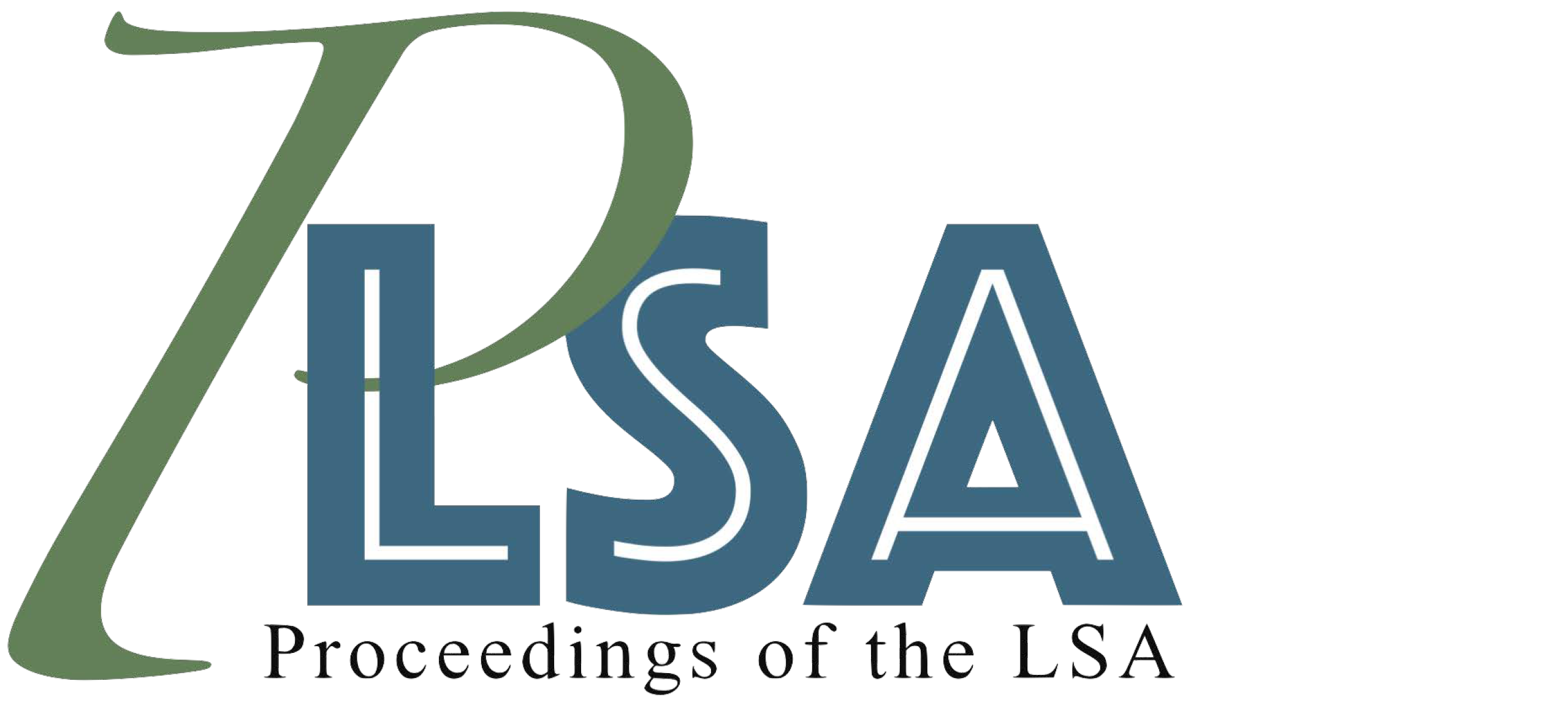An analysis of “causative” forms in Okinawan: A benefactive view
DOI:
https://doi.org/10.3765/plsa.v10i1.5947Keywords:
causative; benefactive; Okinawan; Distributed MorphologyAbstract
Okinawan is said to have two causative forms: -(r)as and -(r)ashimi, with the former primarily expressing forcible causation and the latter, permission causation. However, this is just a tendency, not an absolute rule. This paper adopts Miyara’s (2015a) view that -(r)ashimi consists of two morphemes -(r)as and -imi but proposes that -imi functions ambiguously either as a causative morpheme or as a benefactive morpheme. This makes it possible to understand some complex interpretational facts observed in causative constructions in Okinawan. A theoretical analysis of the causative suffixes is also offered in the framework of Distributed Morphology.Downloads
Published
2025-05-21
Issue
Section
Articles
License
Copyright (c) 2025 Yasushi Yoshimoto

This work is licensed under a Creative Commons Attribution 4.0 International License.
Published by the LSA with permission of the author(s) under a CC BY 4.0 license.
How to Cite
Yoshimoto, Yasushi. 2025. “An Analysis of ‘causative’ Forms in Okinawan: A Benefactive View”. Proceedings of the Linguistic Society of America 10 (1): 5947. https://doi.org/10.3765/plsa.v10i1.5947.
